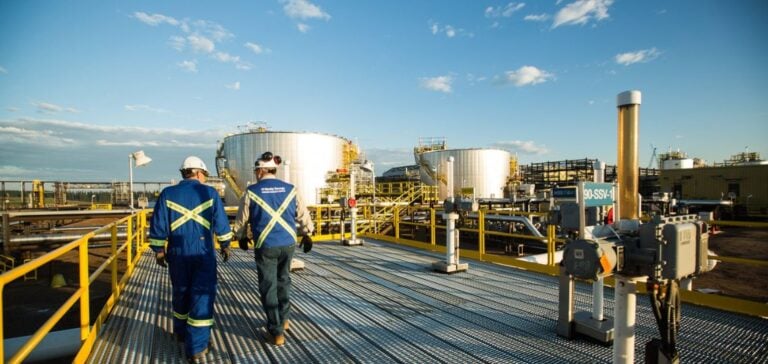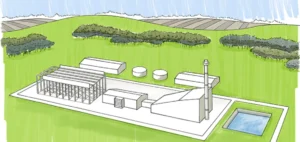In Alberta, sales of oil and gas leases are trending upwards, reflecting renewed investor confidence in the start-up of new natural gas and crude oil pipelines. These infrastructures will provide additional outlets from the Western Canadian Sedimentary Basin, leading to higher raw material prices. Total sales from the beginning of the year to March 20 amounted to approximately 123 million Canadian dollars, covering 790,260 hectares.
Post-pandemic rebound
Provincial government revenues from these sales have risen sharply since the pandemic, a sign of a recovering market. By 2020, revenues had fallen to a low average of C$22 million. However, these figures have risen, reaching 108 million Canadian dollars in 2021 for 839 concessions sold, then 334 million for 1,244 concessions in 2022, demonstrating a vigorous recovery in the sector.
Focus on the Plains region
The Plains region attracted the most interest, with 20,480 hectares sold for almost 48 million Canadian dollars at the last sale on March 20. This region was followed by the North region, where 15,360 hectares were sold for a total of 10 million Canadian dollars. Millennium Land offered the highest bid in the northern region for a parcel identified as B0110 for 15.6 million Canadian dollars, followed by a bid of 13.8 million for an adjacent parcel identified as B0109.
Strong bidding interest in light oil and liquefied natural gas (LNG) reserves in the Duvernay geological formation, located in the Western Canada Sedimentary Basin (WCSB), is being stimulated by the commissioning of new pipelines. The 350,000-barrel-per-day KAPS pipeline, launched last fall by Keyera, increases the capacity of producers active in the Montney and Duvernay formations. This pipeline enables them to transport their production to the processing and storage center located in the industrial heartland of Alberta, in Fort Saskatchewan.





















